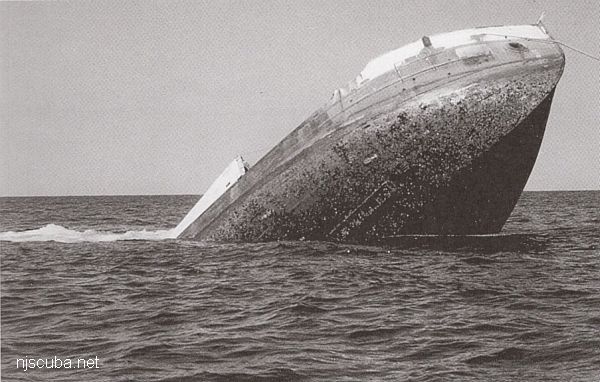Density & Specific Gravity
Specific gravity is the ratio of the density of a material to the density of water. Materials with a specific gravity greater than 1.000 ( 1.035 in the ocean ) sink; materials with a specific gravity less than 1.000 ( 1.035 in the ocean ) float. Lead has the highest specific gravity - 11.35, except for gold. Gases like air also have weight, density, and specific gravity.
These figures are approximate and should be used only as general indicators.
Material |
Density |
Specific |
Liquids |
||
| Water - pure (@ 39°F) |
62.4 | 1.000 (reference) |
| Seawater (@ 39°F) |
64.1 - 64.9 ( 64.6 std ) |
1.027 - 1.040 ( 1.035 std ) |
| Ice (@ 32°F) |
56.2 | 0.90 |
| Petroleum Oil | ~ 51.2 | ~ 0.92 |
|
Seawater varies in salinity from place to place. High evaporation levels cause noticeably saltier surface water in the tropics. Freshwater runoff in some enclosed northern areas like the Baltic Sea dilutes the seawater to almost fresh. Locally, the specific gravity averages about 1.031. Gases |
||
| Air - moist | 0.075 | 0.0012 |
| Air - dry | 0.076 | 0.0012 |
| Air - 500 psi | 2.66 | 0.04201 |
| Air - 3000 psi | 15.59 | 0.2461 |
Helium |
0.0111 |
0.0002 |
| Nitrogen | 0.0781 | 0.0013 |
| Oxygen | 0.0892 | 0.0014 |
|
compressible gases @ 1 Atmosphere ( 14.696 psia ) ~ 32°F unless otherwise specified 1 cu-ft = 7.48 gallons Note: a full 80 cubic foot scuba cylinder holds 77 x 0.076 = 5.85 pounds of air. Metals |
||
| Aluminum * | 168 | 2.70 |
| Titanium | 283 | 4.54 |
| Rust | ~ 330 | ~ 5.3 |
| Iron * | 437 - 491 | 7.00 - 7.87 |
| Steel * | 490 | 7.85 |
| Bronze * | 518 | 8.30 |
| Brass * | 524 | 8.40 |
| Monel * | 552 | 8.8 |
| Copper | 559 | 8.96 |
| Silver | 655 | 10.5 |
| Lead | 708 | 11.35 |
| Uranium | 1184 | 19.0 |
| Gold | 1206 | 19.3 |
|
* depends on alloy and/or preparation Plastics |
||
| Styrofoam (uncrushed) | ~2.3 | ~0.04 |
| Rubber / Neoprene (foam) | 8.0 - 12.0 | 0.13 - 0.19 |
| PE (polyethylene) | 58.7 | 0.95 |
| ABS | 65.7 | 1.05 |
| Nylon | 68.7 | 1.10 |
| Rubber / Neoprene (solid) | ~68.7 | 1.10 |
| PVC (polyvinylchloride) | 81.1 | 1.30 |
| Fiberglass | ~124.8 | ~2.0 |
|
||
| Softwoods: | ||
| Balsa * | 6.9 - 8.7 | 0.11 - 0.14 |
| Cork * | 12.5 | 0.20 |
| White Pine * | 17.5 - 26.2 | 0.28 - 0.42 |
| Cedar * | 30.6 - 35.6 | 0.49 - 0.57 |
| Hardwoods: | ||
| Red Oak * | 28.1 - 41.8 | 0.45 - .067 |
| White Ash * | 30.0 - 44.9 | 0.48 - 0.72 |
| Lignum vitae * | 80.0 | 1.28 |
Wood - waterlogged * (all) |
93.6 |
1.5 |
|
* depends on moisture content and other factors Miscellaneous |
||
| Coal ( solid ) | 84 - 94 | 1.3 - 1.5 |
| Limestone ( coral ) | 125 | 2.0 |
| Ceramic | 125 | 2.0 |
| Brick | 131 | 2.1 |
| Concrete | 144 | 2.3 |
| Granite | 162 | 2.6 |
| Glass | 162 | 2.6 |
Muscle |
64.8 |
1.04 |
| Fat | 57.4 | 0.92 |
| Bone | 115.2 | 1.85 |
| Blood | 66.0 | 1.06 * |
| Brains | ** | ** |
|
* so blood is thicker than water ** depends on the individual |
||

